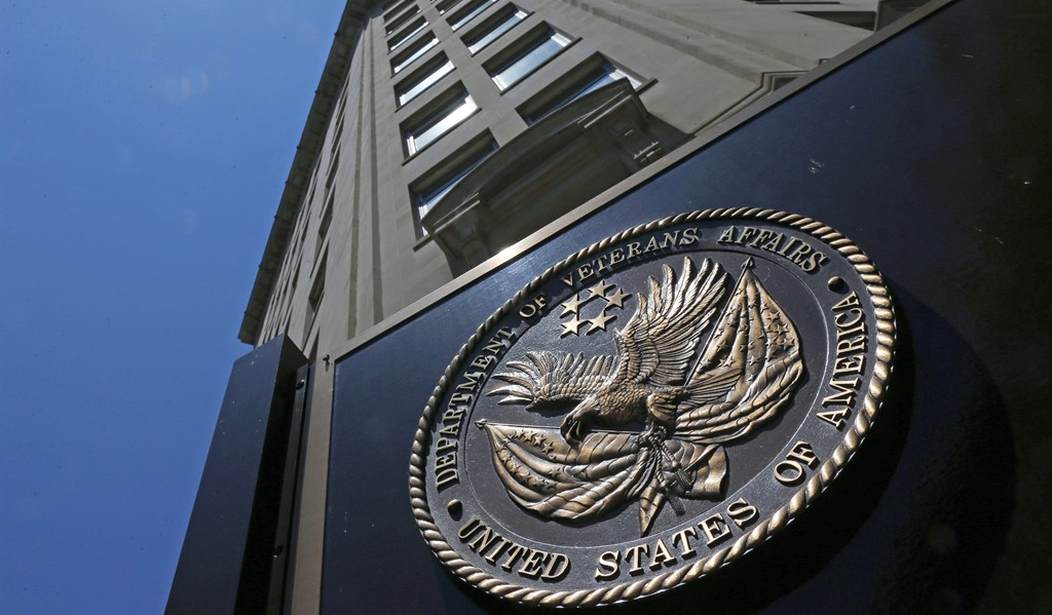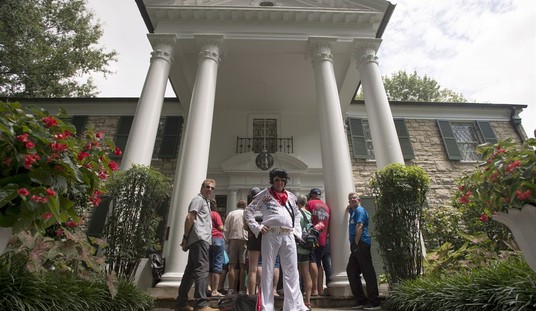There are some big changes coming at Veterans Affairs next year, primarily in the form of tens of thousands of people leaving the agency and not being replaced. As is so often the case, the explanation being offered by the government is as clear as mud. They are rushing to assure everyone that they aren't planning to have layoffs. Instead, the reduction of roughly ten thousand workers from the department tasked with caring for our veterans will be handled through normal attrition, where people retire or leave for their own reasons and they simply aren't replaced. They also want us all to rest assured that the cuts won't take place among the doctors, nurses, and other direct caregivers but will come from "support staff" and administrative roles. Still, that seems like a lot of people to lose in a short period of time without any reductions in the services being provided. (Government Executive)
The Veterans Affairs Department plans to shed 10,000 employees next fiscal year, though it does not anticipate using any separation incentives and still aims to hire in some areas.
Instead, VA will lean on natural attrition to meet the workforce reduction target, which officials said would still allow the agency to meet all of its operational objectives. Most of the reductions would come from the Veterans Health Administration, though its chief said hiring would largely continue for physicians, nurses, medical support assistants and other support staff. Instead, Shereef Elnahal, VA’s undersecretary for health, said the targeted attrition would focus on supervisory and administrative roles.
The Veterans Benefits Administration is also anticipating a 4% reduction to its workforce, according to President Biden’s fiscal 2025 budget.
VA Undersecretary for Health Shereef Elnahal is quoted as saying that the agency loses approximately 9% of its workforce each year, currently averaging 38,000 annually. But many of those employees are caregivers so replacements would still have to be hired. Roughly one-third of them are support or administrative staff. By not filling those roles, they anticipate being able to reach the target of a 10,000-person reduction in 2025.
If all we're looking at is basic math, that might make sense. The tip of the spear at the VA is the cadre of doctors, nurses, therapists, and other healthcare professionals who directly provide care to the veterans. But if they can continue to provide the same level of care to our wounded warriors with the current number of providers while shedding all of those other positions, what message should we take away from that? Do they have 10,000 people standing around in administrative or support roles that are collecting paychecks on the taxpayer dime without really contributing to the organization? Granted, that's not difficult to imagine in any government organization, but that's a lot of people collecting a lot of money that could have gone toward providing more and better care for our veterans.
We are also in a period where the demand for care for veterans is rising. We have an entire new generation of fighters retiring who served in Iraq, Afghanistan, and elsewhere. Also, there is a new class of patients to be cared for. In 2022, Congress passed the PACT Act (Honoring our Promise to Address Comprehensive Toxics Act of 2022). That allows veterans to receive full medical care for long-term damage sustained from exposure to toxic substances ranging from Agent Orange to chemical burn pits. This has allowed many veterans with long-term needs to receive treatment that had previously been denied in many cases.
If the number of patients is going up while the number of support personnel is decreasing for the same number of doctors and nurses, that doesn't sound like a very stable formula. I certainly hope they've thought this through or at least are prepared to be nimble in terms of responding to changes in the demand for services. Shereef Elnahal attempted to address this question as well, saying that the attrition would not be "an equal picture" but would instead vary " from medical center to medical center." The staffing needs will be addressed based on "veteran care demand and veteran needs."
That sounds as if most of my initial concerns are being addressed, at least in the planning stages. I'm leaning toward giving them the benefit of the doubt for the time being. But the VA is one of our most important agencies, at least in my opinion speaking as a veteran. The government screws up many things, particularly these days. But we can't afford to let them get this part of their job wrong. If our veterans aren't getting the medical care they need and deserve, there shouldn't be one damn person in Washington able to make a doctor's appointment until our warriors are cared for.







Join the conversation as a VIP Member